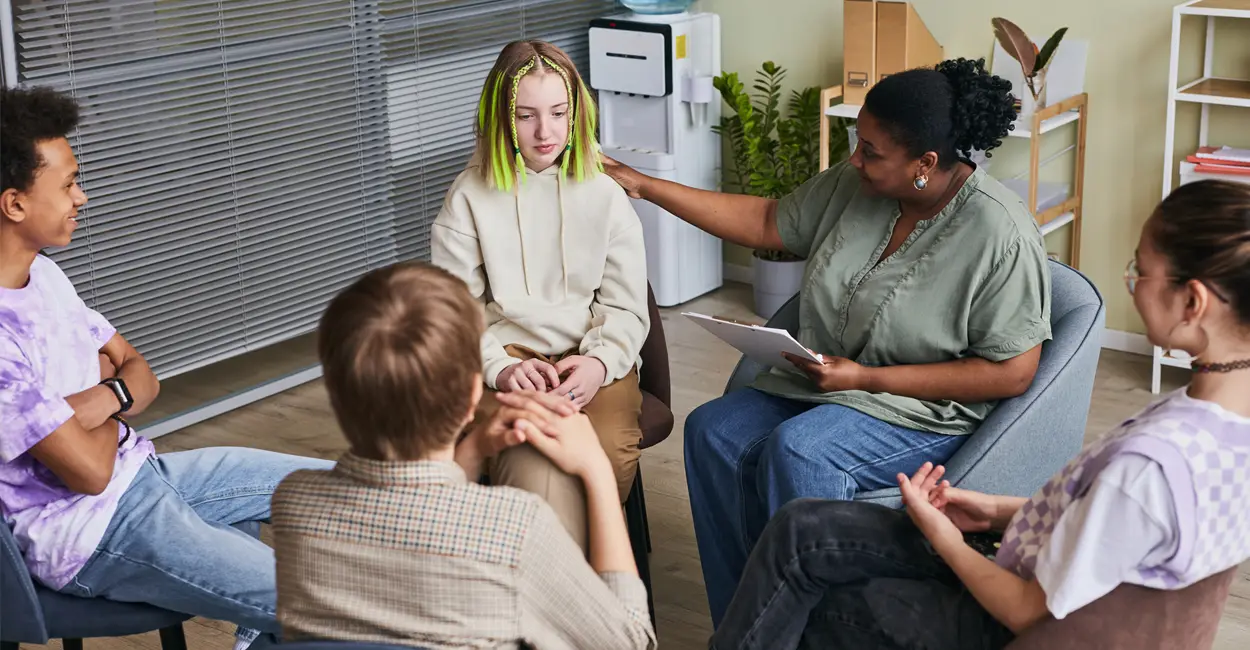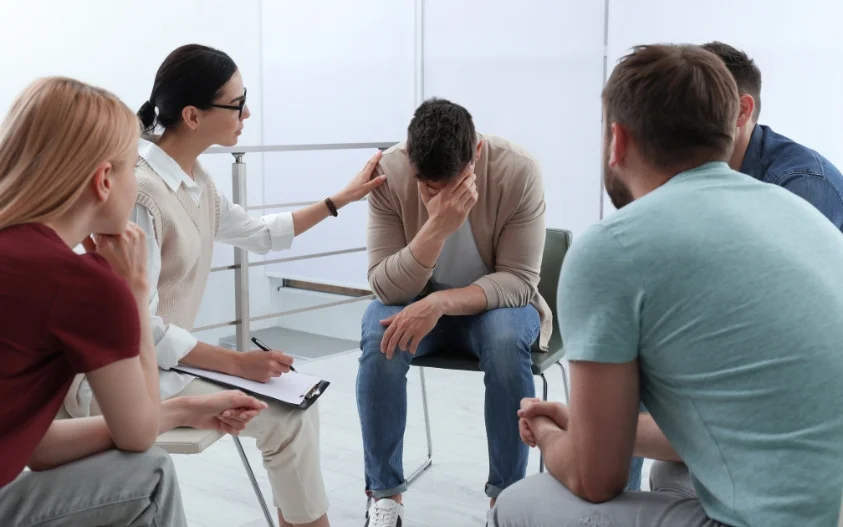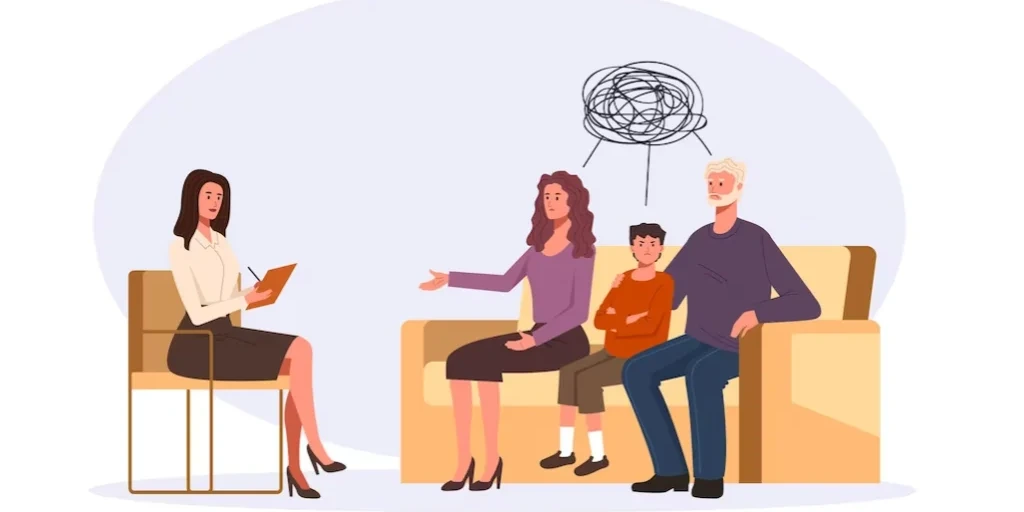24/7 Helpline:
(866) 899-221924/7 Helpline:
(866) 899-2219
Learn more about PTSD Treatment centers in Big Spring
PTSD Treatment in Other Cities

Other Insurance Options

Choice Care Network

WellCare Health Plans

American Behavioral

UnitedHealth Group

AllWell

BHS | Behavioral Health Systems

CareSource

Kaiser Permanente

Health Choice

Access to Recovery (ATR) Voucher

Excellus

Cigna
Beacon

MVP Healthcare

Medical Mutual of Ohio

Magellan Health

Providence

Evernorth

Humana

Private insurance

Permian Basin Treatment Center
Permian Basin Treatment Center is a private rehab located in Big Spring, Texas. Permian Basin Treatm...

AA – Alcoholics Anonymous
AA – Alcoholics Anonymous is a non-profit rehab located in Big Spring, Texas. AA – Alcoholics Anonym...


























